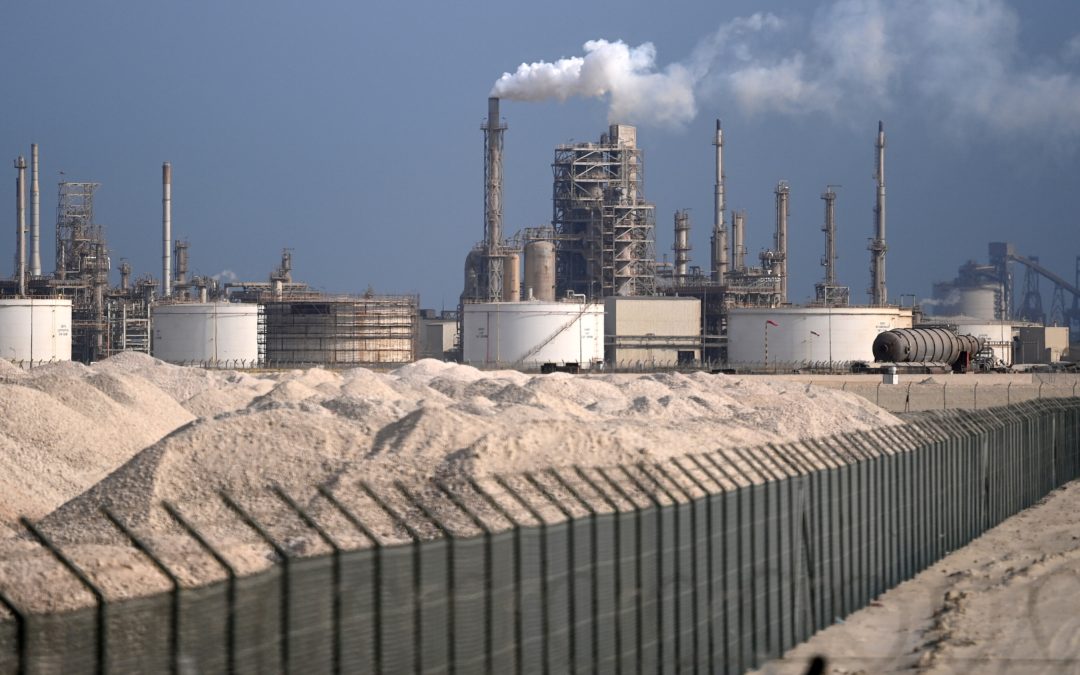Good news is on the horizon for consumers struggling with rising energy costs. According to the International Energy Agency (IEA), oil and natural gas prices are expected to decline over the next five years, offering much-needed relief.
Energy Price Surge Post-Ukraine Invasion
Energy prices spiked following Russia’s invasion of Ukraine in February 2022, which came just as global demand surged when economies reopened after COVID-19 lockdowns. However, energy supplies are set to increase in the coming years, which could ease prices—provided that geopolitical tensions in the Middle East and Russia’s war in Ukraine don’t disrupt the current trajectory.
Fatih Birol, Executive Director of the IEA, stated that this shift “could move us into a very different energy world from the one we’ve experienced during the global energy crisis,” offering consumers relief from the high prices they’ve been facing.
Global Energy Trends and Supply Boosts
Natural gas futures in Europe reached record highs in August 2022, peaking at €339 ($370) per megawatt-hour, but have since dropped significantly. Brent oil prices, although fluctuating due to unrest in the Middle East, have returned to near pre-pandemic levels.
The IEA projects a boost in oil production, particularly from the United States and other American countries, alongside a major wave of liquefied natural gas (LNG) supply in the next five years, largely from the U.S. and Qatar. This increase could create an oversupply of oil and LNG by the late 2020s, along with an excess of manufacturing capacity for clean energy technologies like solar panels and batteries.
Climate Action Opportunities
While lower fossil fuel prices may benefit consumers, their impact on climate change efforts will depend heavily on government action. The IEA suggests that the easing of fuel price pressures could allow policymakers to increase investments in clean energy and phase out inefficient fossil fuel subsidies. European governments have already spent billions to protect consumers from rising energy costs since 2021.
Investing in green energy is not only critical for preventing climate disasters but also makes financial sense, according to the IEA. Many clean energy technologies are already the most cost-effective when considering long-term operational savings, as they are more efficient and protect consumers from the volatility of fossil fuel prices.
Urgency for Climate Goals
Extreme weather events like heat waves and floods, worsened by climate change, have already disrupted energy supply chains, leading to price spikes. The IEA warns that these costs will likely rise if global temperatures continue to climb.
The agency reiterated its prediction that demand for oil, natural gas, and coal will peak by the end of this decade. However, it also emphasized that current efforts remain insufficient to meet global net-zero goals.
To limit global warming to 1.5 degrees Celsius, scientists say greenhouse gas emissions must reach net zero by 2050. But according to today’s policies, the world is on track for a 2.4-degree temperature increase by the end of the century, the IEA warns.

